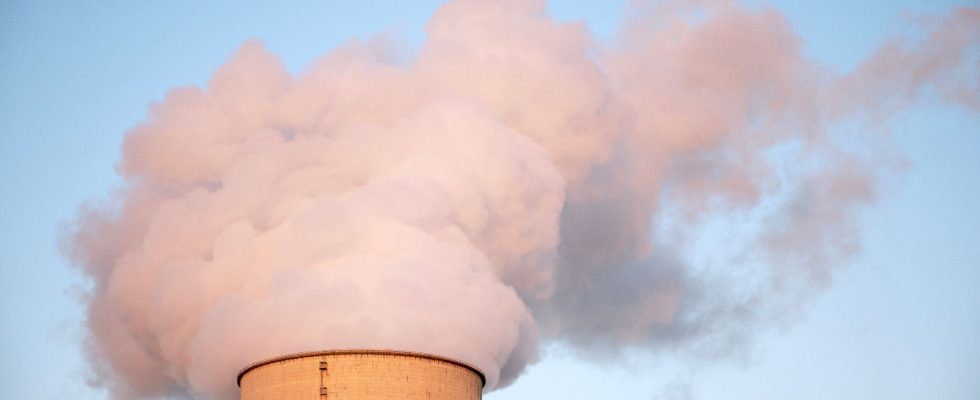Decidedly, the merger between ASN and IRSN continues to make waves. While they were supposed to take another step in the revival of the atom, the deputies rejected on Wednesday March 15 the very controversial reform of nuclear safety. “Crying lack of preparation”, “abrupt and incomprehensible proposal”… Critics were not kind on the benches of the Assembly. On the merits, the opponents of the merger fear that the merger of the two entities will result in a loss of independence in the expertise as well as an impoverishment of the analyses. Not to mention less transparency vis-à-vis the general public.
However, the criticisms addressed to the nuclear spring imagined by Emmanuel Macron go well beyond safety. Even if the context proves to be favorable to the atom and the revival project ends up being adopted after a few round trips between the two assemblies, many experts are still wondering about the future of the sector, even feeling resentment towards the Head of State.
“Let’s not forget that he closed Fessenheim. Admittedly, at the time, the President invoked the fact that the process had already begun. But this is not an argument. He could oppose it” plague Dominique Greneche , professor at Sciences Po and at the National Institute of Nuclear Sciences and Techniques (INSTN). Of course, saying stop would not have been enough. On site, the maintenance of activity would have caused work probably leading to the closure of the two reactors concerned for a year. At least these facilities could have alleviated tensions over the recent period. “Twice 900 gigawatts is roughly the power of the coal-fired power stations used last winter, recalls Jean-Marie Bréon, deputy director at the Laboratory of Climate and Environmental Sciences (LSCE).
“It’s scandalous to have let it happen. It cost jobs and now we don’t have enough reactors available. I voted for Emmanuel Macron but this affair really made me angry”, underlines an expert, who recalls: “subsequently, the president changed posture with the speech of Belfort. He announced the construction of six EPR and the launch of studies for 8 others. But how do you want to make a turn like that in a few months? After leaving the sector abandoned, we were about to stop training. Now, everyone is rushing, we are short of hands. We do not change an industry so heavy and so complex with a simple snap of the fingers”.
A lack of vision
Claire Kerboul, consultant in nuclear physics and former researcher at the CEA, discusses at length the withering of the sector in her latest book “The emergency of sustainable nuclear power” (Ed. De Boeck). “I find it miraculous that we haven’t had more problems than that. But those we have are serious and confirmed by the recent hearings carried out as part of the parliamentary inquiry into France’s energy independence. , according to the boss of the ASN, we are not only lacking in skills among blue-collar workers but also among white-collar workers. People occupying key positions do not have sufficient scientific and technical skills to properly inform politicians !”, underlines the scientist.
“Beyond the corrosion concerns suffered by some of our power plants and the difficulties in completing the Flamanville EPR, another thing worries me. When we look at the load factor of the French reactors, we see that it is really low compared to the rest of the world. Basically, the maintenance operations but also the loading and unloading of fuels take much longer here than in all the other countries”, notes Jean-Marie Bréon. There is therefore a problem specific to France.
And it is not the announcement of the construction of six EPRs that will solve the problem. “On a political level, the effects of the sleeve and the lack of vision persist, deplores Claire Kerboul. In 2018, there was even a deliberate strategy by the Élysée and Matignon intended to stop research on the development of reactors at fourth-generation fast neutrons. These facilities would allow us to consume our stocks of depleted uranium, considered today as nuclear waste, while they would guarantee us millennia of electricity production, stop the extraction of uranium in the mines located abroad or to put an end to the movement of spent fuel on our territory…”
How did we get here?, asks the scientist. For the time being, this technological option already imagined by the physicist Enrico Fermi in the 1940s does not appear in any way in the debates. “We would need a 100-year vision to decide our energy choices, assures Claire Kerboul. However, our politicians continue to practice “at the same time” instead of making strategic choices. Their vision does not exceed few years and in the best case, one or two decades”.
